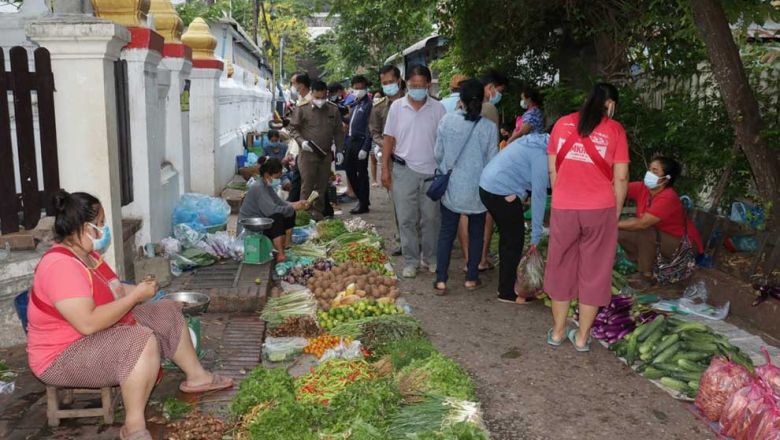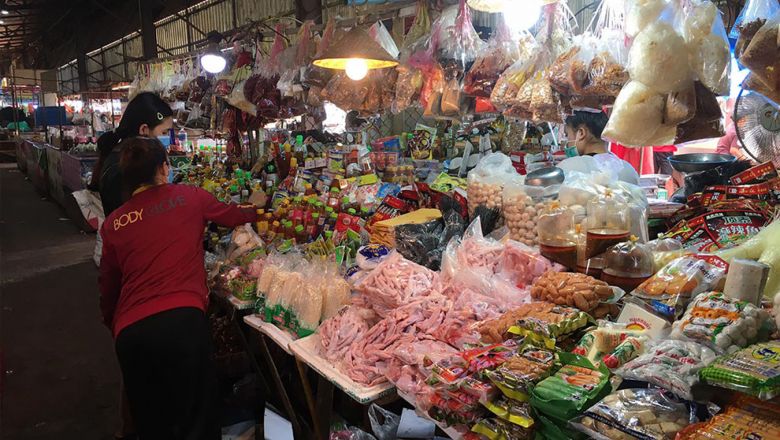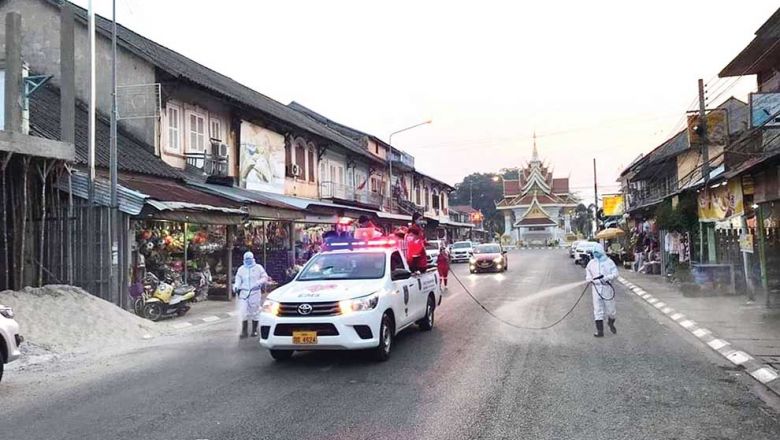Xekong to transform farms into meat-producing powerhouse
Xekong to transform farms into meat-producing powerhouse
Xekong province will prioritise the breeding of cattle and other livestock to produce meat for supply to both the local market and neighbouring countries, scaling up the few small farms that exist in the province.
“We plan to have at least 42 farms for cattle and other livestock by 2020, an increase from the 18 farms we have today,” provincial Agricultural and Forestry Department Director, Mr Thongkham Maneevong, said in a meeting recently.
The province believes it can be a major livestock supplier for Laos in the near future as it is paying close attention to promoting the cattle farming business.
He said the 42 farms will include six cattle farms with more than 3,500 animals, 10 pig farms with over 10,000 animals, six goat farms with more than 870 animals, 10 poultry farms with more than 69,600 birds, and 10 fish farms with over 410 tonnes of fish.
From now until 2020, the department will also increasingly promote the breeding of livestock as a family business by an average of two to 10 percent each year to increase supplies for both local consumption and export. Target figures include at least 2,500 cows, 1,800 buffaloes, 5,000 goats, 25,000 pigs, 110,000 birds and 80 tonnes of fish each year.
Many farmers are currently breeding cattle using older, natural methods and are only producing enough for family consumption and to supply local provincial markets.
The province currently has only 18 farms, three for cattle with about 1,600 cows, four pig farms with around 4,180 pigs, two goat farms with about 270 goats, three poultry farms with around 29,600 birds and six fish farms with about 210 tonnes of fish.
Family-run farms have about 30,270 buffaloes, 26,690 cows, 119,940 pigs, 29,300 goats, 1.4 million birds and 1,698 fish ponds with about 2.3 million fish.
The provincial Livestock and Fishery Section has a veterinary team that often visits farmers and checks on the health of their livestock.
The section will also encourage farmers to plant vegetables, beans and grass to use as cattle feed.
The provincial Agricultural and Forestry Department's Livestock and Fishery Section Head, Mr Khamla Thavixay, said yesterday “The grass we are growing and testing at our Agricultural and Forestry Department centre has produced good results and we can now supply the right grass to farmers.”
Xekong province supplies thousands of cattle and other livestock to other provinces and to Vietnam. Currently Xieng Khuang province is the major livestock producer in Laos, followed by Savannakhet and Champassak provinces.
Xekong, best known for the Bolaven Plateau, is situated in the heart of southeastern Laos. It shares borders with Saravan to the west, Champassak and Attapeu to the south, and Vietnam to the east. It is the second smallest province in Laos and also one of the poorest.

















